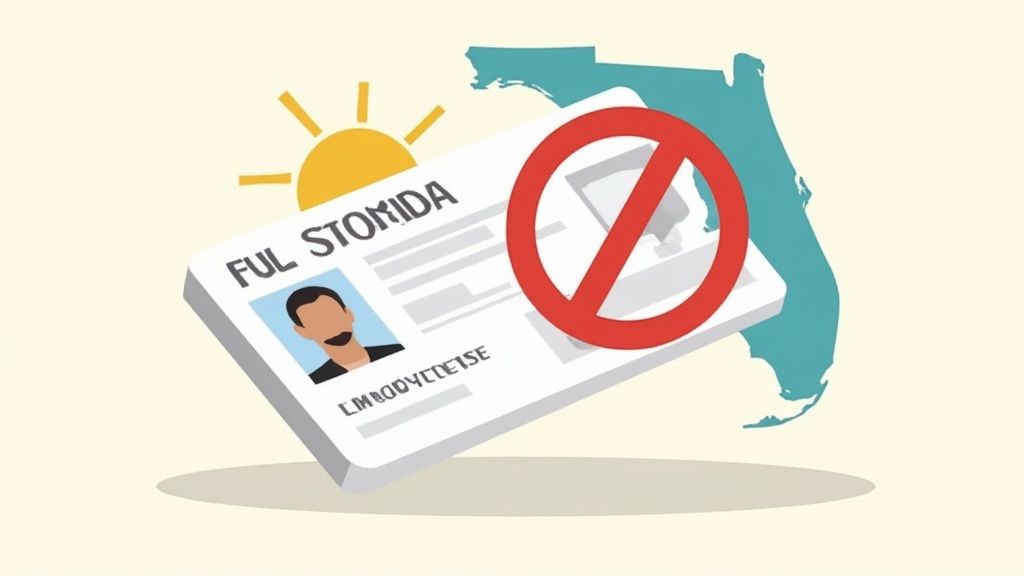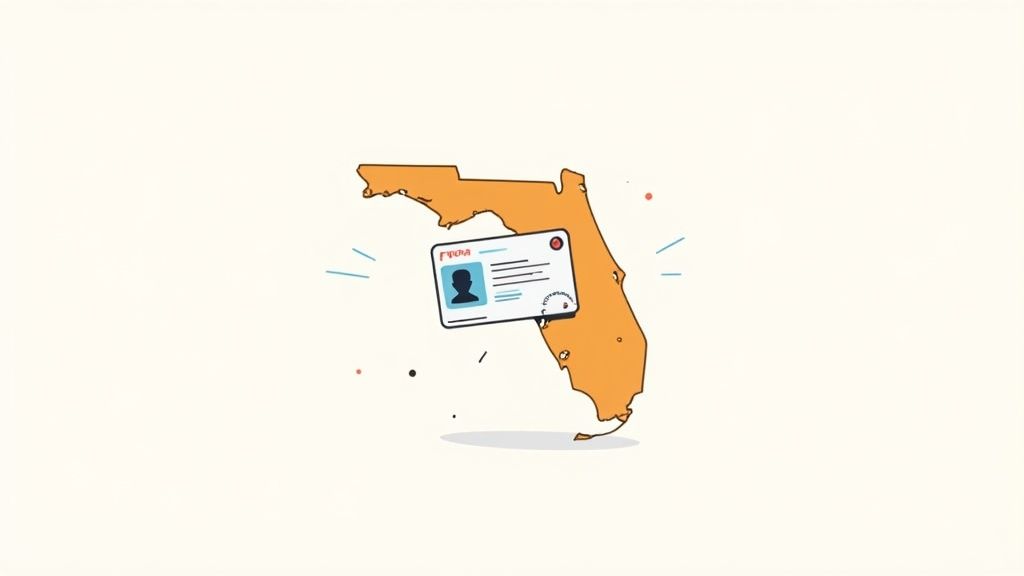Every year, defensive driving prevents thousands of accidents and saves lives on American roads. The National Safety Council reports that 94% of traffic crashes result from human error.

At DriverEducators.com, we know that understanding what is defensive driving can transform how you approach every trip. This proactive driving style focuses on anticipation, awareness, and smart decision-making behind the wheel.
What Makes Defensive Driving Different
Defensive driving represents a fundamental shift from reactive to proactive road behavior. The National Highway Traffic Safety Administration defines defensive driving as a set of skills that allow you to identify potential hazards and adapt your approach to reduce crash risks. This method demands constant vigilance and preparation for unexpected actions from other drivers, weather changes, and road conditions. The core principle centers on control over your vehicle and surroundings rather than simple compliance with traffic laws.
The Mental Framework That Saves Lives
Successful defensive drivers develop three critical mental attitudes that separate them from average motorists. First, they assume other drivers will make mistakes and position themselves accordingly. Second, they maintain emotional control regardless of traffic frustrations or aggressive behavior from others. Third, they accept personal responsibility for their safety rather than reliance on other drivers to act predictably. These attitudes translate into measurable results: drivers who complete defensive driving courses experience significant crash reduction benefits according to the Insurance Institute for Highway Safety.
Awareness Skills That Prevent Accidents
Effective defensive driving requires specific awareness techniques that most drivers never learn. The three-second rule becomes your minimum standard (extended to six seconds in poor weather conditions). You scan mirrors every five to eight seconds and check blind spots before any lane change. Most importantly, you maintain a 360-degree awareness bubble around your vehicle while you constantly monitor escape routes and potential hazards. This systematic approach to awareness has helped reduce rear-end collisions, which account for 40% of all traffic accidents according to NHTSA data.
Speed and Space Management Principles
Smart defensive drivers understand that posted speed limits represent maximum speeds for ideal conditions, not target speeds for all situations. You adjust your speed based on visibility, traffic density, and road surface conditions. Proper space management extends beyond simple distance-you create buffer zones on all sides of your vehicle when possible. The National Safety Council reports that speeding was a factor in 29% of all traffic fatalities in 2023, killing 11,775 people. Drivers who maintain proper speed and space significantly reduce their accident risk compared to those who follow too closely or drive at inappropriate speeds.
These foundational principles prepare you to implement specific defensive driving techniques that can save your life on the road.
Essential Defensive Driving Techniques
The Three-Second Rule and Beyond
Safe following distances demand precise calculation based on actual conditions rather than guesswork. Research from transportation safety studies indicates that maintaining proper following distances significantly reduces collision risk. Calculate your distance by picking a fixed object ahead and counting the seconds between when the leading vehicle passes it and when you reach the same point. Add one second for every 10 mph over 40 mph, plus additional time for rain, snow, or reduced visibility. Professional truck drivers use a six-second minimum because their stopping distance at 55 mph extends 300 feet (compared to 160 feet for passenger cars).
Active Hazard Detection Methods
Effective scanning patterns prevent 85% of preventable accidents according to the National Safety Council. Focus your eyes on the road 12-15 seconds ahead in city driving and 20-30 seconds on highways. Check mirrors every 5-8 seconds and perform shoulder checks before any lateral movement. Watch for brake lights, turn signals, and erratic vehicle behavior from other drivers. Pedestrians who step toward intersections, cyclists who approach from side streets, and vehicles that emerge from parking lots represent the highest-risk scenarios.

Weather-Specific Scanning Adjustments
Weather conditions demand modified techniques that most drivers ignore. Reduce scanning distance to 8-10 seconds ahead during heavy rain and increase mirror checks to every 3-5 seconds when visibility drops below 500 feet. Federal transportation safety research demonstrates the effectiveness of structured scanning approaches in reducing collision rates. Snow and ice require even more conservative approaches with scanning distances reduced to 6-8 seconds ahead.
These fundamental techniques form the foundation for understanding how defensive driving translates into measurable benefits that extend far beyond accident prevention.
Real-World Benefits of Defensive Driving

Insurance Discounts That Deliver Immediate Savings
Insurance companies provide substantial premium reductions to defensive drivers because statistics prove these drivers file fewer claims. State Farm, Geico, and Progressive offer discounts from 5% to 15% for certified defensive driving course completion, with many insurers adding safe driver bonuses that compound each year. The Insurance Information Institute reports that drivers with clean records who complete defensive driving training save $150-300 annually on premiums. These savings continue for three to five years in most states, which makes the initial course investment profitable within months.
Legal Protection During Accident Disputes
Defensive driving training creates documented evidence of your commitment to safe practices, which proves invaluable during legal proceedings. Courts and insurance adjusters view defensive driving certificates as credible proof of responsible behavior, often reducing liability even when you share partial fault. The National Highway Traffic Safety Administration provides analytical and statistical support to highway safety programs. This protection becomes especially valuable in comparative negligence states, where your training record can reduce damage awards against you by 20-40%.
Traffic Violation Penalty Reductions
Many jurisdictions reduce penalties when you demonstrate recent defensive driving education. Some courts dismiss tickets entirely for first-time offenders who complete approved courses. Traffic judges frequently view defensive driving certificates as evidence of good faith efforts to improve, which leads to reduced fines and fewer points on your license. This protection helps maintain clean driving records that qualify for additional insurance discounts over time.
Quantifiable Accident Prevention Results
Defensive driving produces measurable safety improvements that directly impact your financial security. Research shows that drivers who complete formal defensive driving courses experience 32.8% fewer accidents in the year following completion. This reduction translates to lower repair costs, reduced medical expenses, and fewer missed work days due to accident-related injuries. Professional fleet operators report even more dramatic results (companies like UPS and FedEx document 60-70% reductions in accident rates after implementing comprehensive defensive driving techniques).
Final Thoughts
Defensive drivers prevent accidents before they happen and transform road safety for everyone. The evidence shows clear results: drivers who master what is defensive driving experience 32.8% fewer accidents, save hundreds of dollars annually on insurance premiums, and gain legal protection during traffic disputes. These benefits extend beyond personal safety to create safer roads for all motorists.
Your calm responses to aggressive drivers prevent road rage escalation. Your proper distances reduce chain-reaction collisions. Your hazard awareness protects pedestrians and cyclists who share the roadways with you.
The financial advantages compound over time through insurance discounts, reduced repair costs, and fewer traffic violations. Professional drivers at major companies report accident reductions of 60-70% after they implement comprehensive defensive programs (companies like UPS and FedEx document these dramatic improvements). DriverEducators.com provides comprehensive driver education programs that help students master necessary skills and adopt lifelong safe habits.





